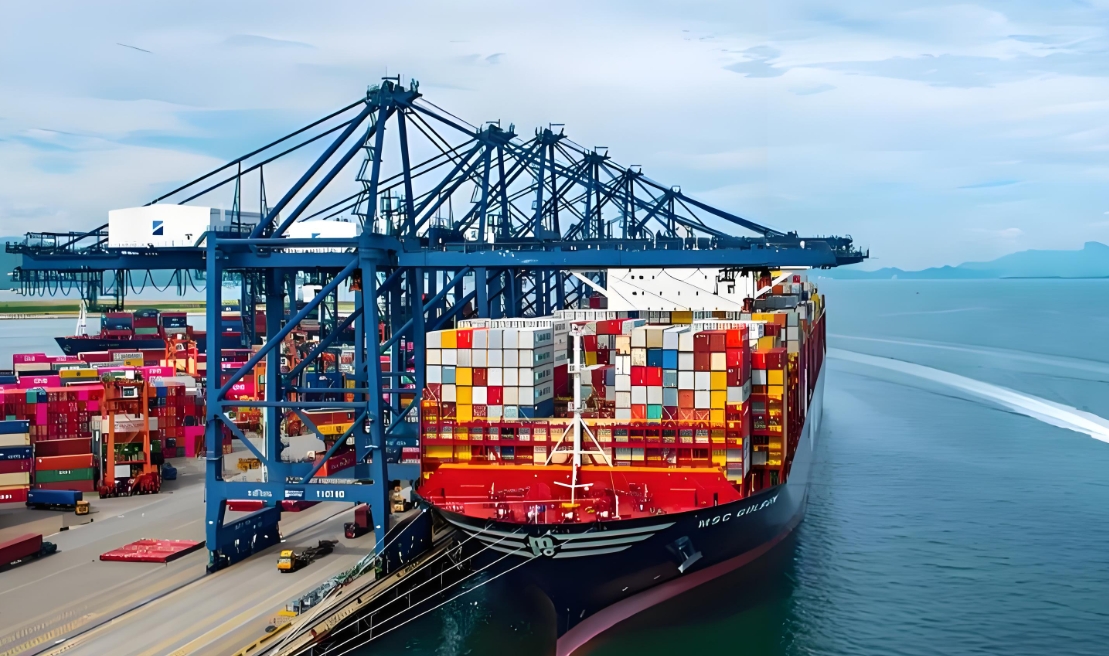外贸人如何向客户解释发货过程中的异常?(含英文沟通模板)
在外贸发货过程中,即使前期准备再充分,也难免会出现各种突发情况。作为业务员或货代,一旦出现问题,第一时间如何向客户解释清楚并安抚情绪,往往决定了客户是否继续信任你。
本文从货代的角度,分享几种常见的发货异常情形,并附上实用英文沟通模板,帮助大家高效应对。
一、爆仓(Space Shortage)
情况说明:
爆仓指的是船公司舱位已满,暂时无法安排出运。这通常发生在旺季(如9–12月)或热门航线,属于行业普遍现象。
遇到爆仓时,关键是及时告知客户,并同时说明解决方案,让客户感受到你在积极处理。
英文沟通模板:
We are informed by our agent that space is extremely tight at the moment due to the peak season and increasing demand. Therefore, it is difficult to secure space for ETD: [XX]. However, please don’t worry — we are trying our best to arrange space with other carriers offering a similar service and rate.
If the new rate is slightly higher, we will absorb the difference to ensure an earlier schedule.
(If the price gap is too high, you can adjust the last sentence accordingly, and ask for client confirmation.)
补充建议:
如果客户着急出货,可以提供替代航线或其他船公司方案;
主动提供预计出运日期与舱位确认时间;
若需客户承担部分差价,应提前说明并获得书面确认。
二、甩货/甩柜(Cargo Rolled / Container Rolled)
情况说明:
所谓“甩货”或“甩柜”,是指货柜已经进港或装船计划确定,但由于船公司超额接单或船舶配载调整,导致该柜被延后至下一班船出运。
这种情况较常见于航线紧张、船期密集的时期。
英文沟通模板:
As per our agent, this container has been rolled to the next vessel with ETD: [XX], because the carrier accepted more bookings than the actual capacity. The new ETA will be [XX].
We are in close discussion with the agent to try to keep the container on the original vessel, and also checking other carriers with more reliable space.
补充建议:
主动向客户提供新船期、预计到港时间;
若客户有急单需求,可提议部分空运或分批出货方案;
沟通语气保持客观,不要过度解释或推卸责任,重点是让客户看到你“在处理”。
三、写在最后:沟通的关键在于“透明 + 方案”
无论遇到哪种异常情况,最忌讳的是“拖着不说”。
优秀的业务员或货代,应该做到:
提前预警(例如旺季提前提醒爆仓风险);
如实通报(问题出现后立即说明原因和现状);
提出解决方案(如改船期、换承运人、分批出货等);
持续跟进(让客户知道问题在推进中)。
通过专业、坦诚的沟通,客户不仅不会因此埋怨你,反而会更加信任你的处理能力。













